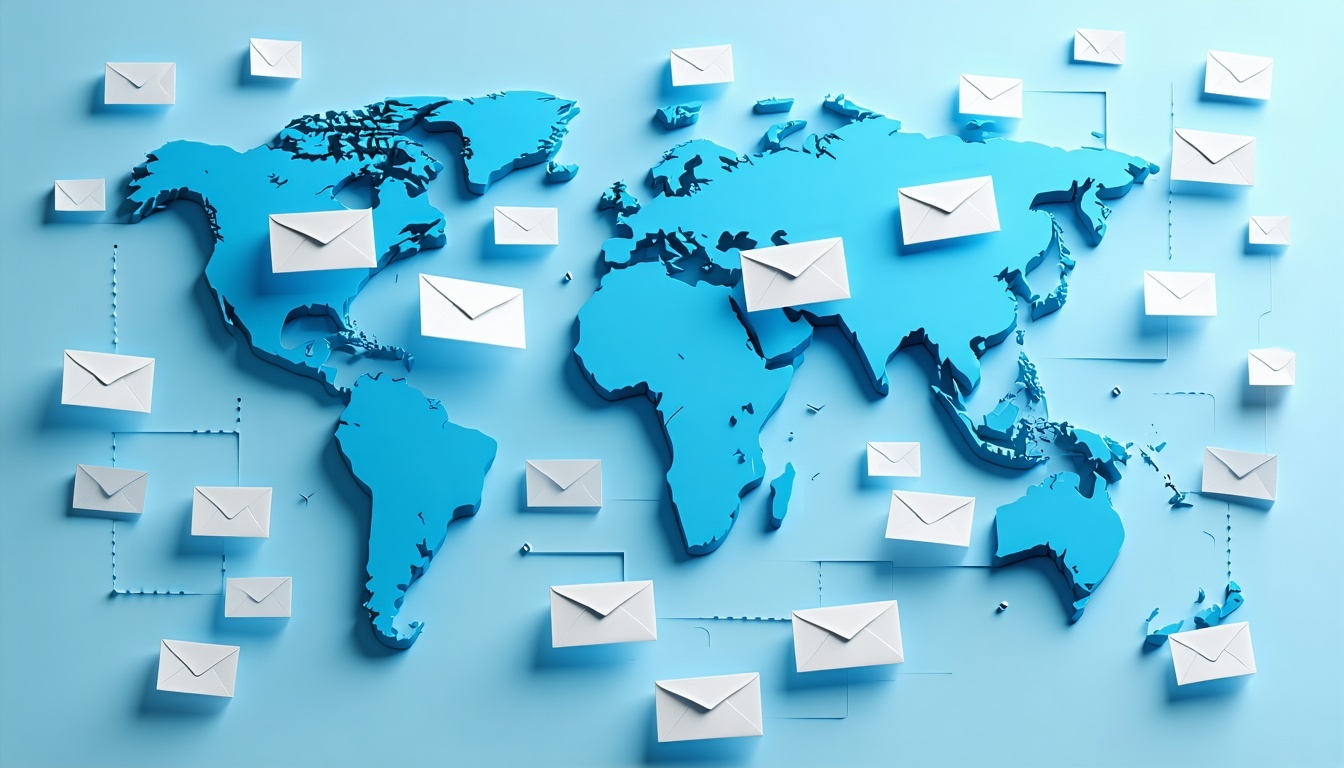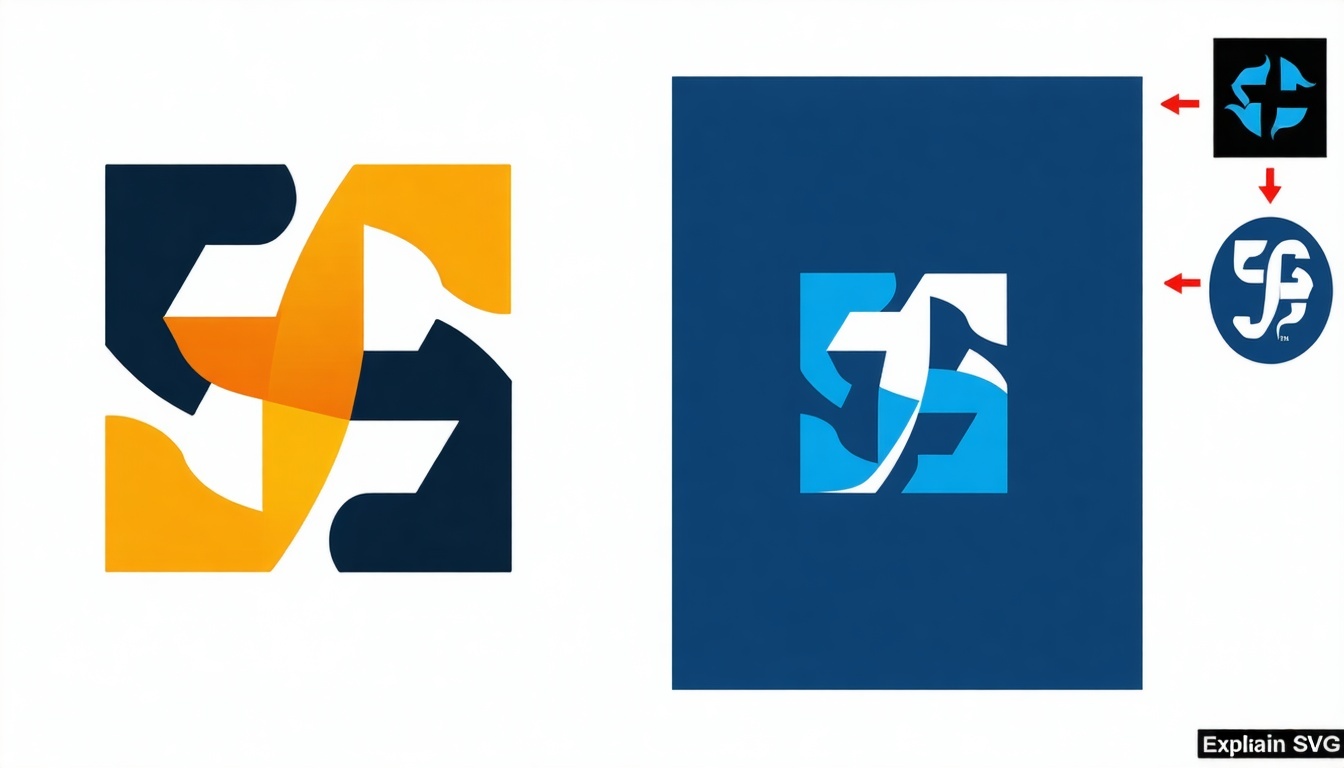
Email Authentication for Multi-Region Businesses: Global Deployment Essentials
The Challenge of Global Email Authentication
For businesses operating across multiple regions, email authentication isn’t just about security. It’s about ensuring consistent deliverability and brand protection worldwide. Each region may use different email infrastructure, DNS providers, and sending services, making unified authentication both critical and complex.
Centralized Management vs. Regional Complexity
- Centralized DNS & Authentication: Solutions like Deterministic Easy DKIM (DEED) allow businesses to publish DNS records once for a parent identity, automatically syncing replica identities across regions.
- Streamlined Management: This approach eliminates the need for region-specific DNS changes, streamlining DKIM management and reducing administrative overhead.
- Regional Infrastructure Challenges: Without centralized tools, each region might require its own SPF, DKIM, and DMARC records—increasing the risk of misconfiguration, inconsistencies, and delays in DNS propagation, potentially impacting deliverability and security.
Key Considerations for Multi-Region Deployment
- Consistent SPF, DKIM, and DMARC Records: Ensure that all global sending domains are included in your authentication records, regularly auditing and updating them to incorporate new regional senders and third-party platforms.
- DNS Propagation & Latency: Recognize that DNS record changes may take time to propagate worldwide, which can cause temporary authentication failures. Schedule updates during periods of low traffic and closely monitor for any issues.
- Policy Alignment: Enforce DMARC policies (none, quarantine, reject) uniformly across all regions to prevent protection gaps and maintain compliance with global email providers’ requirements.
- Monitoring & Reporting: Leverage DMARC reporting to monitor authentication outcomes globally. Analyze these reports for anomalies or regional issues and adjust your policies as needed.
- Disaster Recovery & Performance: Centralized authentication management enhances disaster recovery capabilities and ensures consistent performance as your organization expands to new regions.
Overcoming Common Obstacles
- DNS Management Complexity: Use tools or managed services to centralize DNS and authentication record management, reducing manual errors and administrative burden.
- Technical Expertise: Multi-region authentication setup and maintenance require specialized knowledge. Leverage expert resources or consultants to ensure robust, scalable solutions.
- Continuous Updates: Email authentication is not a one-time task. Regularly review, test, and update records as your infrastructure grows or changes. We are always here to help.
Best Practices for Global Email Authentication
1. Audit all sending domains and services across regions.
2. Centralize management of SPF, DKIM, and DMARC records where possible.
3. Implement gradual DMARC enforcement, starting with monitoring and progressing to quarantine or reject.
4 Monitor DMARC reports globally for ongoing compliance and threat detection.
5. Educate regional teams on authentication protocols and update processes regularly.
Expanding globally?
Contact our agents for expert guidance on multi-region email authentication and secure, scalable deployment!
Explore our FAQ on SPF, DKIM, DMARC & BIMI: How They Work Together Explained for more on unified email security.
Centralized management: Streamline SPF, DKIM, and DMARC for all regions to reduce errors and boost security.
Consistent enforcement: Apply DMARC policies globally to meet regional and provider requirements.
Continuous monitoring: Use DMARC reports to track authentication health and spot regional issues fast.



